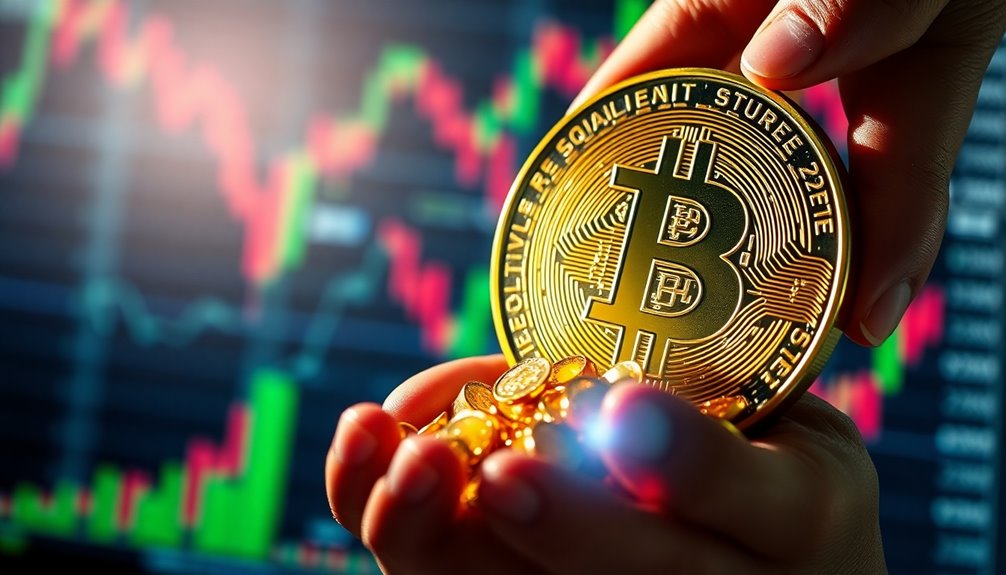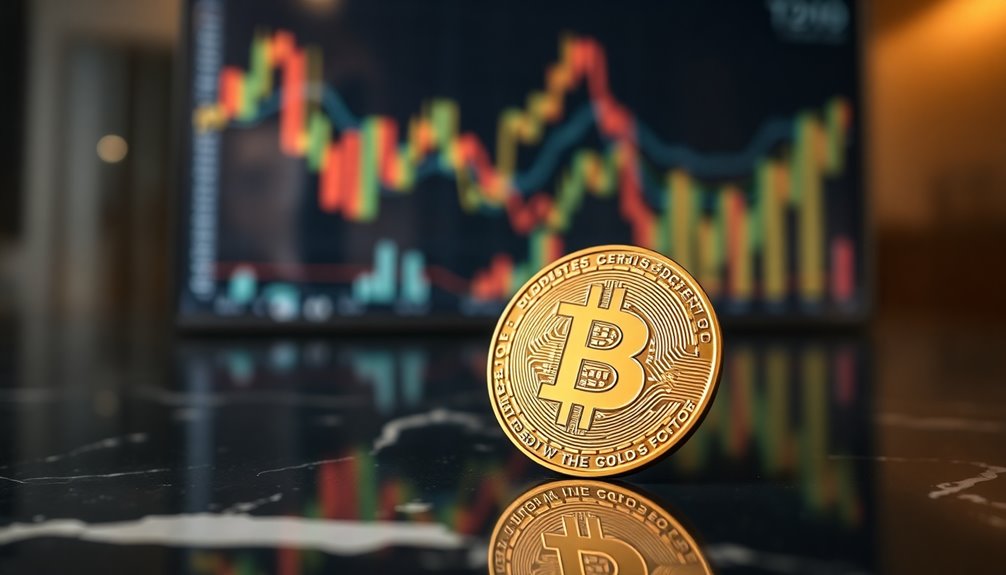You might have noticed the buzz around Bitcoin's potential to reach $200,000. With the upcoming halving reducing new Bitcoin issuance and long-term holders tightening supply, the market dynamics are shifting. Institutional players are making moves, accumulating Bitcoin through OTC transactions. This creates a perfect storm for a supply squeeze. But what does this mean for you? Let's explore the factors at play and how they could impact your investment strategy.

What drives the recent surge in Bitcoin prices? A significant factor is the ongoing supply squeeze resulting from Bitcoin's capped supply and halving events. With only 21 million Bitcoins available, scarcity naturally pushes prices higher. Every four years, as you might know, halving events reduce the rate at which new Bitcoins are issued by half. Historically, these events have led to substantial price increases, and as we approach the next halving, anticipation builds among investors.
Another crucial element is the illiquid supply of Bitcoin. A large portion of the total supply is held by long-term holders, which significantly decreases the amount available for trading. Over the past five years, more than $504 billion worth of Bitcoin has been withdrawn from exchanges, tightening the supply even further. This reduced availability, combined with growing demand from institutional investors, creates a perfect storm for price increases. Illiquid supply has increased since July, indicating strong hands accumulating and further tightening the market.
When you consider the impact of a supply squeeze on prices, it's clear that this scenario often leads to a bullish market sentiment. As demand rises and supply wanes, prices tend to spike. Historical trends show that previous supply squeezes have resulted in dramatic price surges, particularly after halving events. Analysts even project that Bitcoin could soar to $200,000 due to the current supply dynamics.
Institutional investors play a pivotal role in this equation. They're increasingly turning to over-the-counter (OTC) transactions to acquire large amounts of Bitcoin without impacting market prices. This strategic accumulation leads to significant declines in inventory at OTC desks and contributes to the tightening supply.
Institutions may quietly gather Bitcoin before leveraging media interest to instigate retail FOMO, which can push prices even higher. While tightening supply can reduce market liquidity, leading to increased volatility, it can also create conditions for long-term stability. A supply squeeze may ultimately reduce speculative trading, fostering a more stable market environment.
However, sentiment can shift rapidly during these periods, causing erratic price movements. As regulatory frameworks like MiCA in Europe evolve, they could further influence Bitcoin's market dynamics. In the end, understanding these supply dynamics is key to navigating the current landscape and capitalizing on potential price increases. With the supply squeeze underway, it's an exhilarating time to be involved in Bitcoin.









